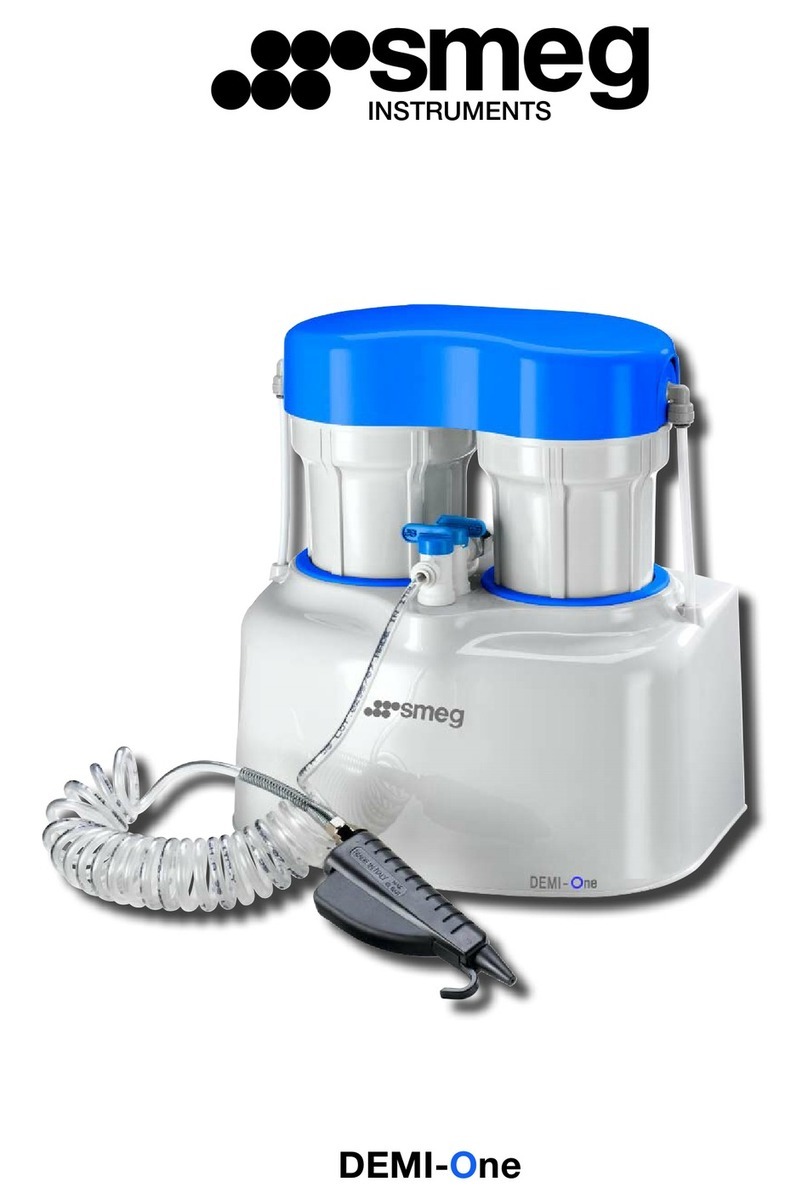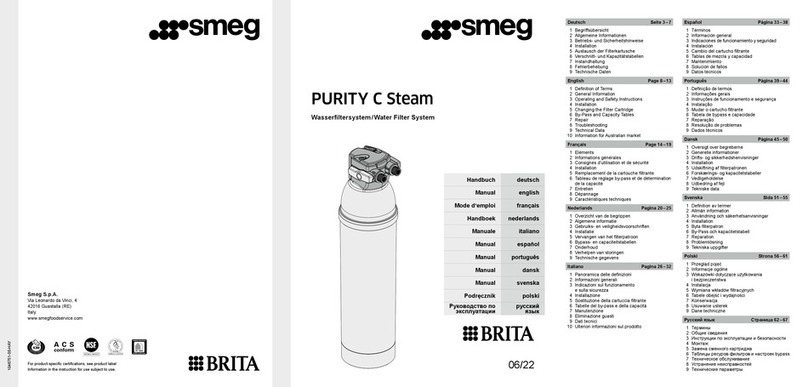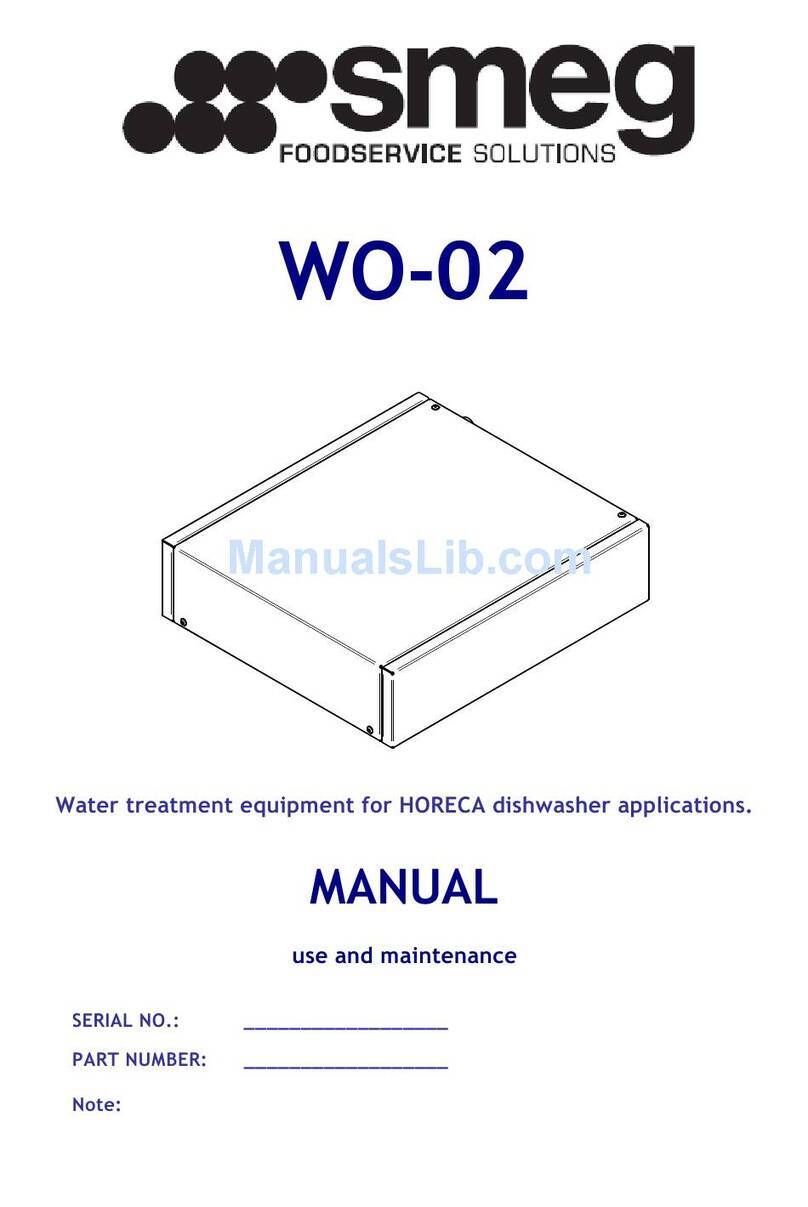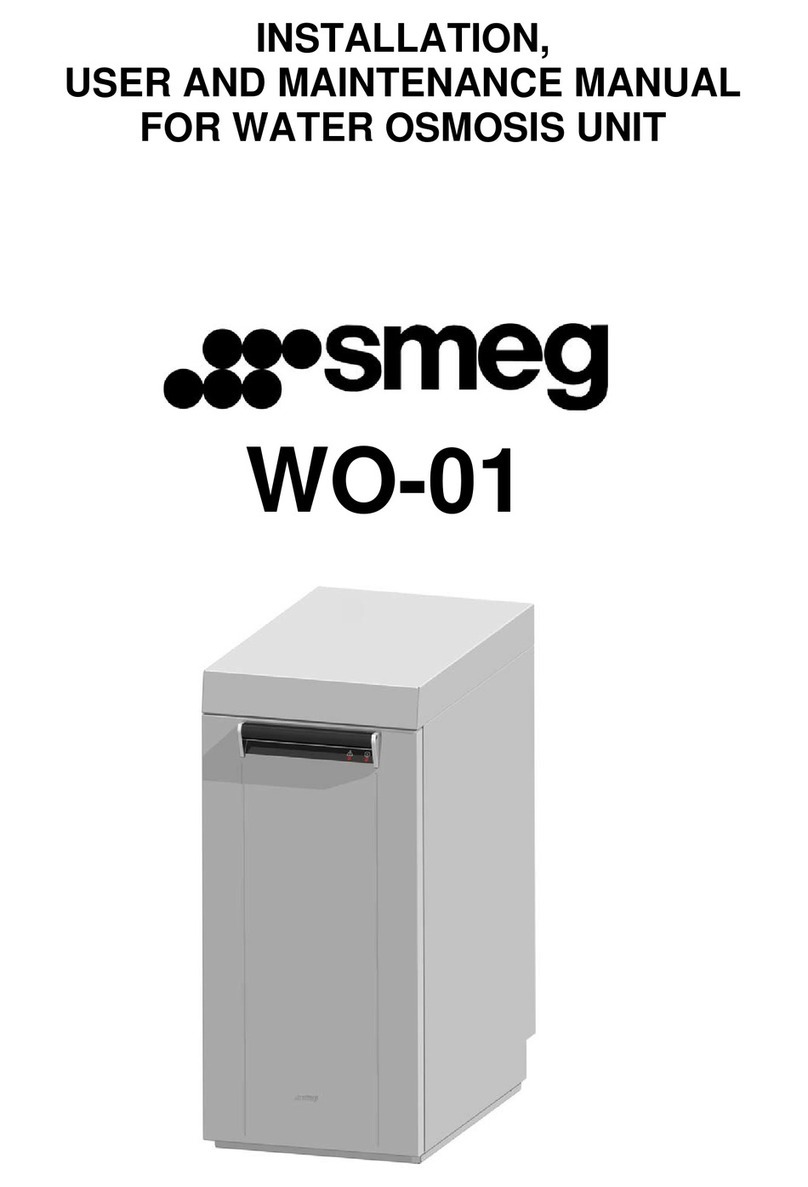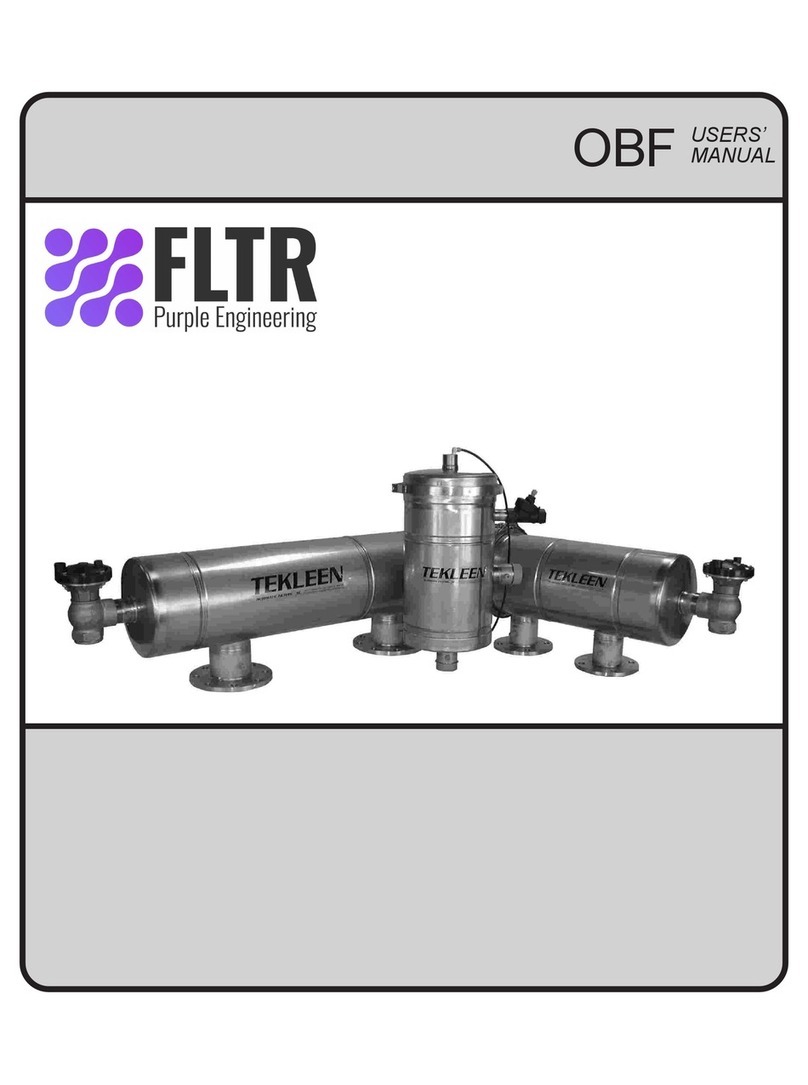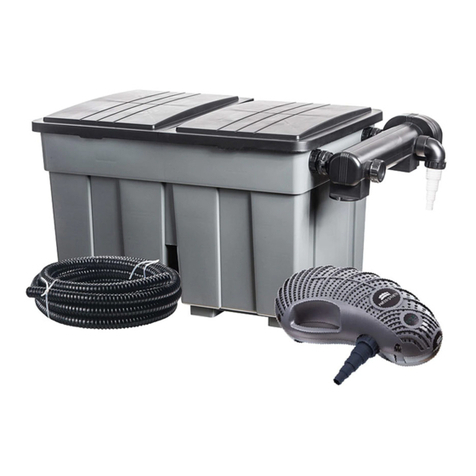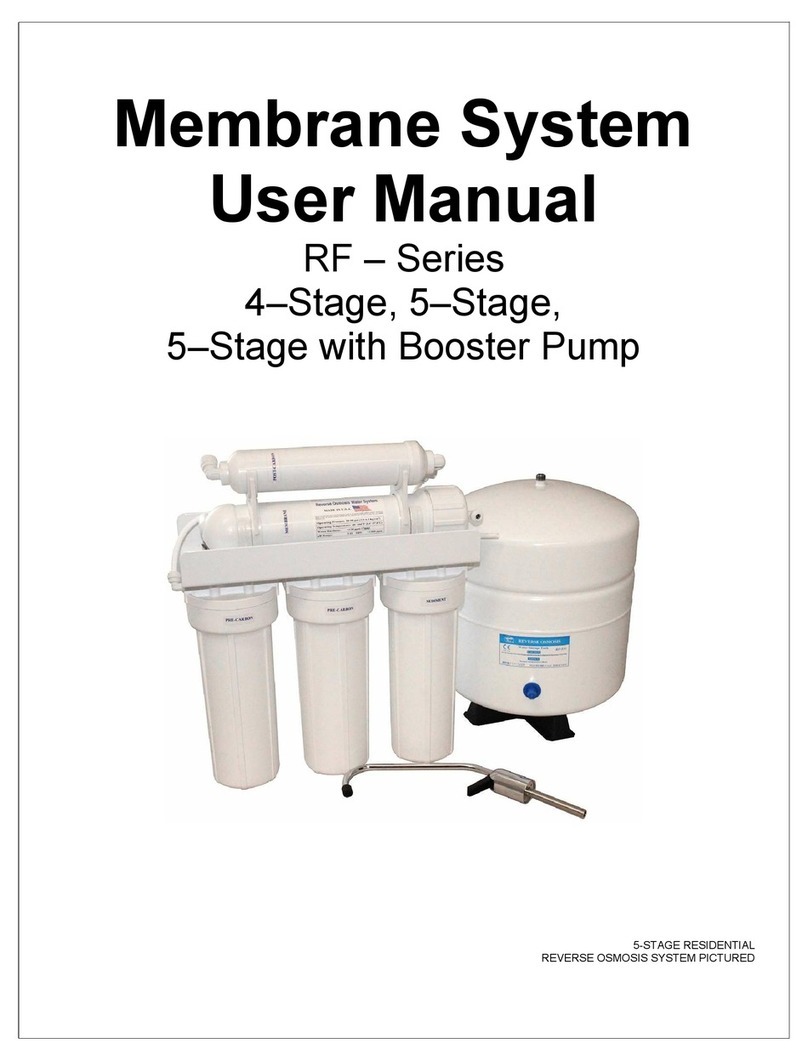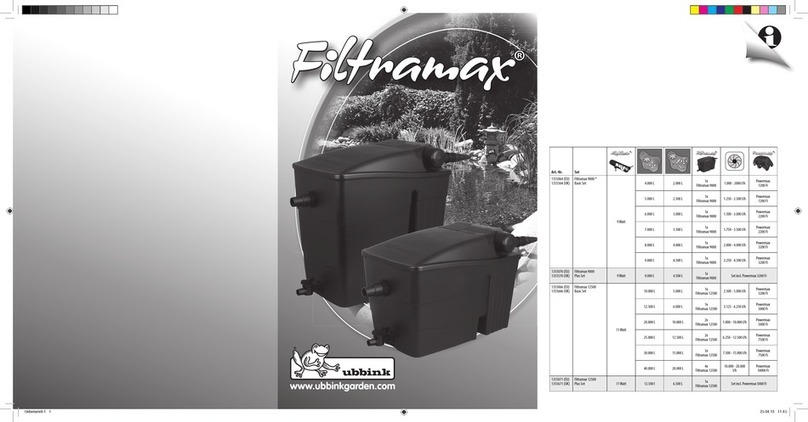- 2 -
INDEX
1GENERAL INFORMATIONS ....................................................................................................................................3
1.1MANUFACTURER / ASSISTANCE ............................................................................................... 3
1.2CERTIFICATION .................................................................................................................. 3
1.3AIM AND CONTENTS............................................................................................................. 3
1.4CONSERVATION.................................................................................................................. 3
1.5SYMBOLS USED................................................................................................................... 3
2EQUIPMENT FEATURES.........................................................................................................................................4
2.1USE............................................................................................................................... 4
2.2PARTS THAT MAKE UP THE MACHINE......................................................................................... 4
2.3COMPONENTS.................................................................................................................... 5
2.4DESCRIPTION..................................................................................................................... 5
2.5TECHNICAL SPECIFICATIONS................................................................................................... 7
3INSTALLATION ........................................................................................................................................................8
4FUNCTIONING........................................................................................................................................................10
4.1FIRST START UP ................................................................................................................10
4.2NORMAL USE ....................................................................................................................10
4.3INACTIVITY ......................................................................................................................10
4.4ELECTRONIC BOARD OPERATING.............................................................................................10
5ROUTINE MAINTENANCE.....................................................................................................................................13
5.1MAINTENANCE PERSONNEL QUALIFICATIONS ..............................................................................13
5.2MAINTENANCE PERSONNEL TASKS ...........................................................................................13
5.3REPLACING FILTER CARTRIDGE ..............................................................................................14
5.4PRELOAD EXPANSION TANK...................................................................................................14
5.5VERIFICATION OF THE SETTING..............................................................................................15
5.6CLEANING CONDUCTIVITY PROBE CONNECTORS ..........................................................................15
5.7CLEANING SOLENOID VALVES FILTER........................................................................................16
5.8MACHINE SANITATION .........................................................................................................16
6EXTRAORDINARY MAINTENANCE......................................................................................................................17
6.1ELECTRONIC BOARD WHIT DISPLAY REPLACEMENT .......................................................................17
6.2PROTECTION FUSE REPLACEMENT ...........................................................................................17
6.3PUMP REPLACEMENT ..........................................................................................................18
6.4CHECK/REPLACEMENT OF OSMOTIC MEMBRANES .........................................................................19
7TROUBLE-SHOOTING...........................................................................................................................................20








